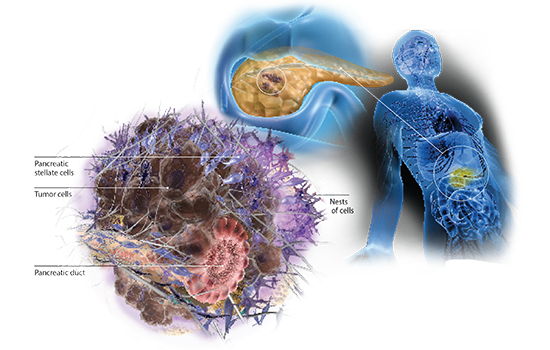Amidst the tumult in the nation’s capital, a quieter reckoning was taking place this week for the Moderna COVID-19 vaccine clinical trial. Lab Land has been hearing from Emory-affiliated study participants that they’re finding out whether they received active vaccine or placebo.
For example, Emory and Grady physician Kimberly Manning, who had written about her participation in the Moderna study in a Lancet essay, posted on Twitter Tuesday. She discovered she had received placebo, and then was offered active vaccine.
After Moderna reported strong efficacy and an Emergency Use Authorization came from the FDA, this was going to happen at some point – the question was when and how. At the advisory panel hearing in December, there was some tension over whether to remove the blind immediately, as this STAT article describes:
“Companies have said that they feel an ethical obligation to deliver vaccine to placebo recipients; the FDA and experts at its advisory panel have debated whether this obligation even exists. Instead, they argue, offering vaccine to volunteers receiving placebo limits the quality of the data about the vaccine’s long-term efficacy and side effects.”
A plan to keep participants in the study under a blinded crossover design was floated, but not implemented. Some participants have said they sensed from the start, based on temporary unpleasant side effects, whether they had received active vaccine or placebo.







